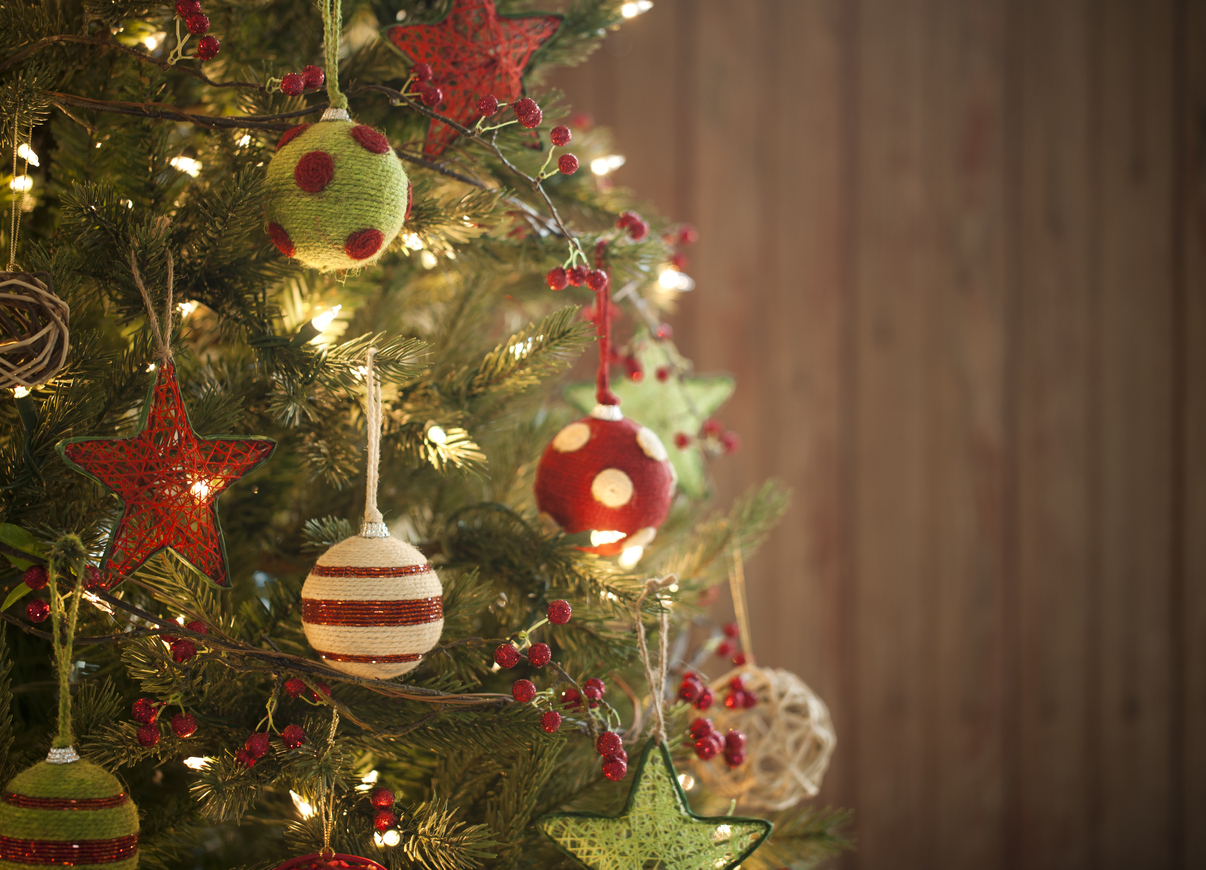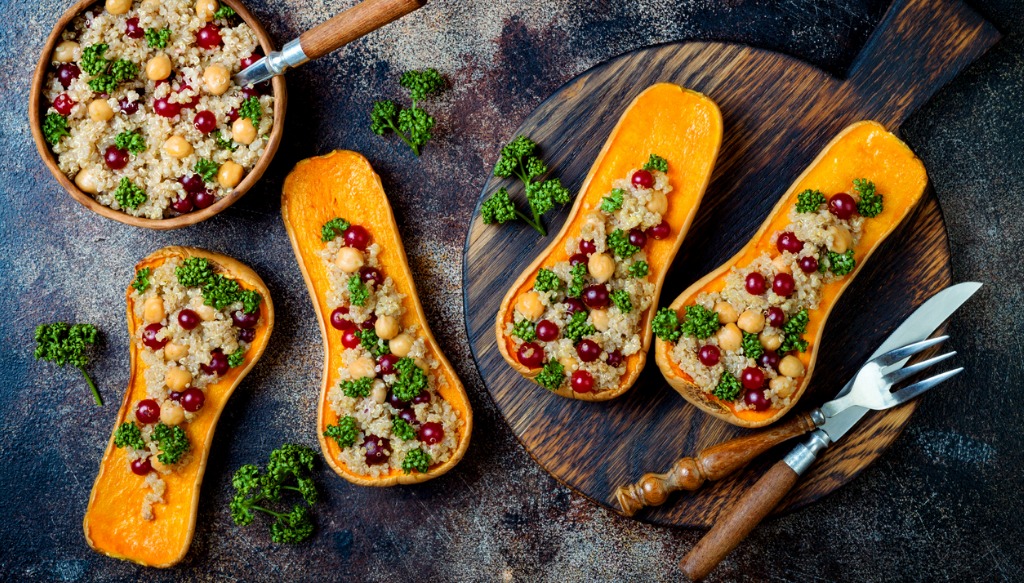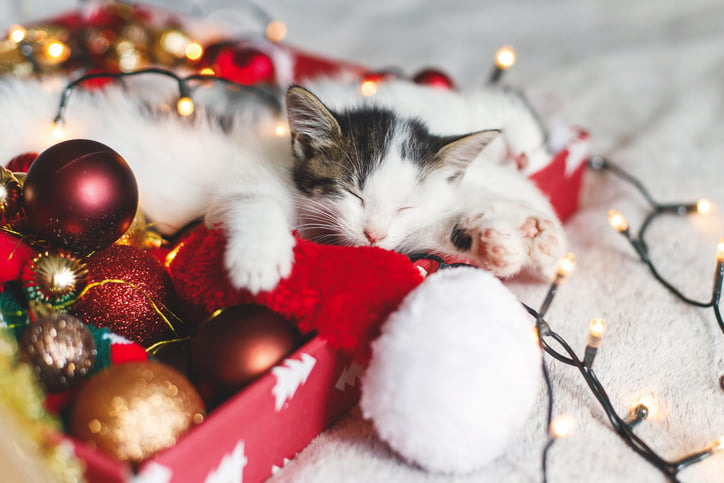Around 8 million real Christmas trees are bought every December in the UK. That’s a lot of intensive production and potentially a lot of waste. Artificial trees require large amounts of energy to make and create synthetic waste to be disposed of in the future.
Sounds pretty balanced, right? Whether you choose natural or artificial, there are some more environmentally friendly choices you can make.
If you currently have an artificial tree, keep using it until it really needs replacing – an artificial tree needs to be used 12 times to make its carbon footprint equivalent to that of a real tree. If you need to replace it, try looking for a secondhand tree on Gumtree, eBay, Freecycle or Freegle.
For real trees, look for the FSC certification that shows your tree has been grown sustainably, or approval by the Soil Association if you want to know your tree is organic and pesticide-free. Always look for a locally grown tree where possible.
Why not rent a tree? A quick Google brings up links to several organisations that plant out trees for 11 months of the year, then make them available for use during December. Come January, the trees are collected and replanted for use again the next year. It’s best to book ahead, but you’ve probably just got time to get a tree delivered if you’re quick.



